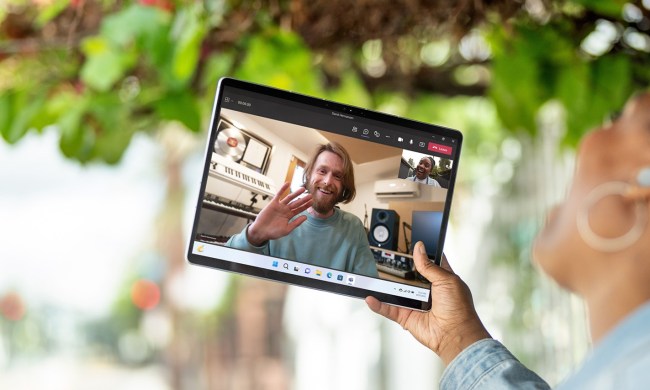Pioneer spinoff SyncTV has begun private testing of a new online video service that claims to offer "home theater quality" television programming, with a service based on a new revenue model: users pay only for programming they want to view.
With SyncTV, users will be able to download anything they want to a compatible Mac, LInux, or Windows computer from channels they subscribe to on a monthly basis. Subscription fees will run from $2 to $4 per month, although SyncTV also plans to offer standalone shows for $2 each.
"With SyncTV, we believe we have created an ecosystem which will give you the kind of TV viewing experience that many of you have been looking for since the internet became part of all of our lives," said SyncTV president John Gildred, on the company’s Web site. "We think this is a strong starting point and it’s only going to get bigger and better from here, with more big-name channels and networks joining the service before too long, plus more supported devices as time goes by."
SyncTV has not yet revealed what programming and channels will be available via the service, although the company anticipates entering a public testing period in January 2008. Some shows will be available in high-definition, and SyncTV describes the quality of all its programming as "As good or better than the same shows on DVD."
SyncTV is advertiser supported, meaning even paid subscribers will have to deal with advertising along with paid-for shows. SyncTV will work on PCs, Macs, and LInux systems but doesn’t use either Microsoft’s Windows Media DRM or Apple’s still-unlicensable FairPlay to protect content; instead, video is encoded using Marlin DRM technology. The company is also working with consumer electronics manufacturers and device makers to develop portable systems and other electronics which support Marlin and SyncTV, and says the first SyncTV-compatible devices should reach the market in 2008.

